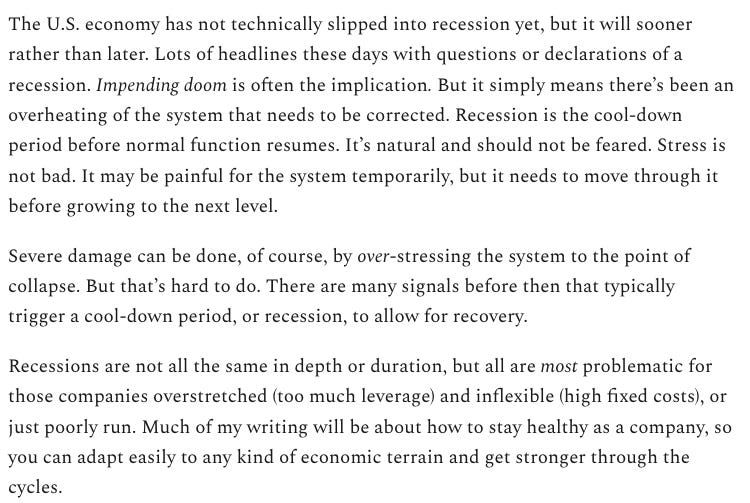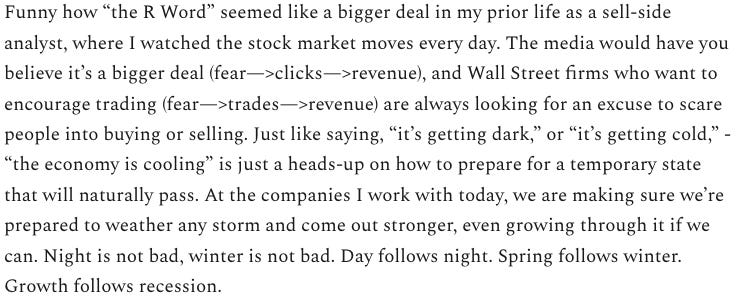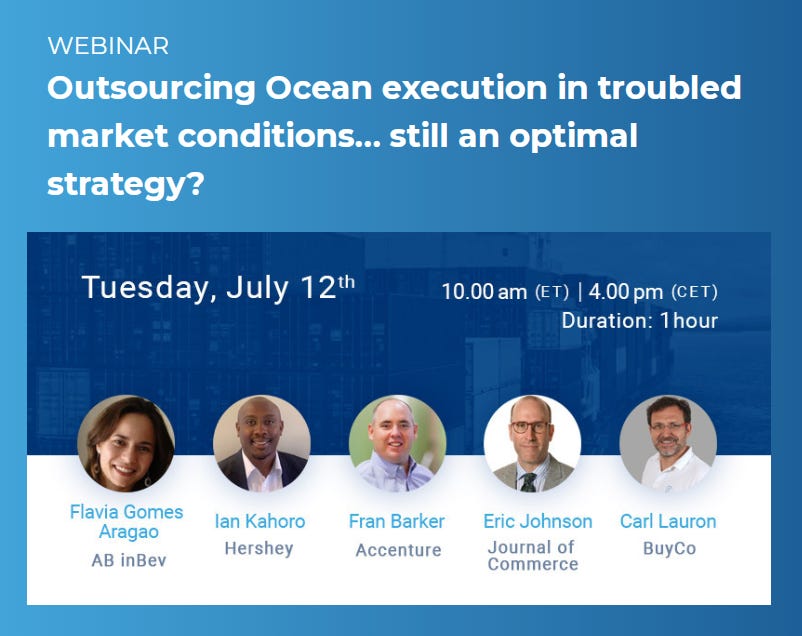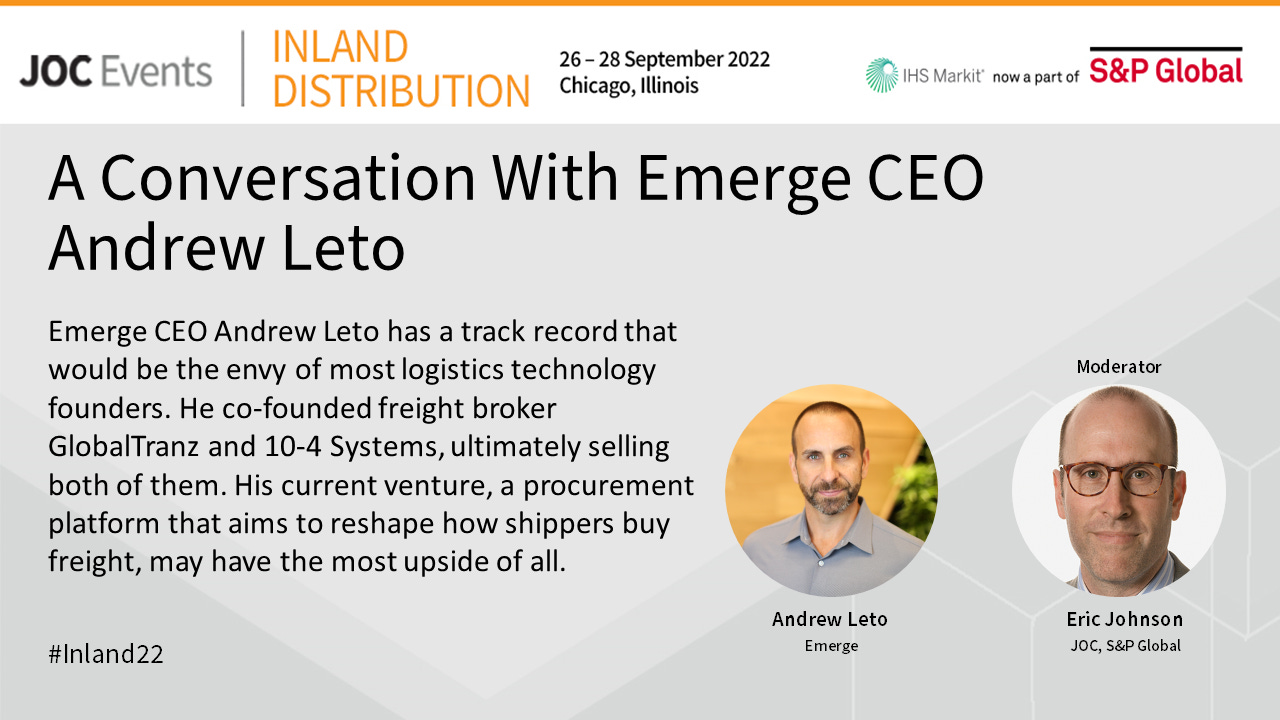Reshoring's Back Burner Reality
Welcome to the 91st edition of The LogTech Letter. TLL is a weekly look at the impact technology is having on the world of global and domestic logistics. Two weeks ago, I pondered the extent to which technology aimed at small truckload carriers will help them stay in the game during a trying part of the freight cycle. This week, I explain why the reshoring movement has echoes of other “good intention” initiatives.
As a reminder, this is the place to turn on Fridays for quick reflection on a dynamic, software category, or specific company that’s on my mind. You’ll also find a collection of links to stories, videos and podcasts from me, my colleagues at the Journal of Commerce, and other analysis I find interesting.
For those that don’t know me, I’m Eric Johnson, senior technology editor at the Journal of Commerce and JOC.com. I can be reached at eric.johnson@spglobal.com or on Twitter at @LogTechEric.
It wouldn’t take much research about me to understand that I see global trade as a positive influence on the world…a world that, of course, includes the US. Nationalist movements tend to view their own country as somehow standing apart from this equation: yes, it’s good for people in general to be better off, but not at the expense of my country.
The tumult in global supply chains the past two years was the perfect catalyst for earnest discussions about reshoring to start anew. I’ve lost track of all the globalization has peaked (or even ended!) think pieces I’ve come across the last few months. The Chinese are out to get us. We need to isolate Russia. We can’t depend on this country or that country. Insert boogieman X to replace fallen boogieman Y. We must bring manufacturing back to the US and decrease our dependence on those damn foreigners. Well, guess what? Manufacturing has increased here…
But, despite what you may have heard, global trade is alive and well. It may be down compared to a zany, unsustainable 2021, but it’s very healthy from a historical perspective. Moves to lessen reliance on China as a sourcing location are entirely understandable, whether due to rising production costs there (a more-than-decade-long trend), worry about the impact to factories from its long-term COVID-zero policy, unease with the country’s forced labor or intellectual property transfer policies, or just a more general desire to diversify.
TRADE ALERT: the desire to wean supply chains off a total reliance on China have been happening for a long time, for nearly 15 years. I remember writing stories about Vietnam being the +1 in this game around 2010. So A), this is not new, and B) it’s not easy, or even preferable for many companies or specific products.
Now, granted, the last two years essentially forced every company to reexamine the structure of their supply chains. Tech plays a role in this, of course, through supply chain design and risk management tools, used either by shippers themselves or by consultants engaged to manage those network reconfigurations. Honestly, I would be wary of any shipper that didn’t undergo that exercise at least at a basic level.
But, reshoring itself? To me, the reshoring movement has echoes of decarbonization and even investment into software itself. By that, I mean that these are initiatives paved with good intentions. A US-based company should want to stoke US economic activity through job creation the same way they should want reduce their carbon footprint and the same way they should invest in technology to become more efficient.
But intentions do not always equal action. Sometimes they do, but often they don’t. It’s way to early for nationalists to claim that anything more than a peripheral amount of manufacturing has moved from abroad (and from China specifically) back to the US. It’s way too early for champions of the globalization to say the pandemic will have little to no effect on supply chain networks.
First, as has been written ad nauseam, supply chains are constructed over decades, not months. Even those with the full intent to reshore some or all of a particular supply chain cannot do it overnight. Second, moving production back onshore does not mean supply chain avoid global entanglements. A single country cannot hope to domestically produce all the raw materials and components needed for a complex product.
Let’s also address something I rarely seen mentioned in this debate. Reshoring supply chains does not wipe away the chance for disruption or cost escalation. Constraints impact domestic production and freight transportation just as they might international production. More commonly addressed is the issue that reshoring manufacturing does not create an equivalent amount of jobs, with process automation a key factor in bringing back local production. One other thing to address: a significant amount of physical jobs are tied to importing and exporting goods. Let’s entertain the notion that reshoring happens en masse: if import/export volumes recede, there will be jobs lost in sectors tied to international trade, everything from physical handling and moving goods to forwarding and customs brokerage and port operations.
My best guess is that, like with most things in life, the reshoring movement will land somewhere in the giant space between “nothing will change” and “everything will change.” Yes, it will make sense to produce certain goods in the US (or Mexico) that are currently made in China. Yes, it will make sense to build production capability for some products, like chips or key pharma products, from a national security perspective. Yes, some companies will try to differentiate in the competitive arena with predominantly US-based supply chains.
But no, everyone will not move production from China. And if anything, production migrating away from China will move to other locations that still require complex global supply chain orchestration. And that’s okay, the expertise built up in constructing those supply chains, and the technologies developed to manage them, means that companies don’t need to repatriate their supply chains for simplicity’s sake. Global supply chain practitioners essentially did a PhD over the past two years. They’re more ready than ever for whatever the next phase of globalization looks like.
Here’s a roundup of recent pieces on JOC.com from my colleagues and myself (note: there is a paywall):
Regular readers of this newsletter might remember that I’ve written a couple times about electronic bills of lading (eBLs) in the ocean freight world, most recently in April.
Last week (while I was on vacation), WiseTech Global acquired Bolero, a very early entrant in the world of digital trade and shipping documentation. I viewed the deal, along with recent developments from other vendors, as a sign of continued progress in eBL proliferation (a precursor to adoption). But I also noted that the market is still fragmented from a vendor perspective.
More developments in the world of small carrier empowerment, which I wrote about in my last newsletter. CloudTrucks this week launched a credit product for small carriers to help them manage regular expenses like fuel, services and lumper payments. As a reminder, I’ll be leading a panel on this subject at JOC’s Inland Distribution Conference Sept. 26-28 in Chicago. Register here for that event.
Another interesting innovation for small fleets came from AscendTMS, which this week integrated CarrierHQ’s instant insurance quoting and purchasing product into its platform. The partnership is designed to target fleets up to 20 trucks.
And here are some recent discussions, reports, and analysis I found interesting:
A fascinating 10,000 word article on how Web3 might impact the logistics industry here. Just kidding, I would never do that to you all.
Another newsletter to be following now is Dave Ross’ Beyond Logistics blog, which he started last week. In his spare time, Dave is chief strategy officer at Ascent Global Logistics, and his perspective is always worth considering. Love this passage, in particular, about putting economic easing in perspective. Dave used to head Stifel’s Transportation and Logistics practice, so he knows what economic cycles mean to publicly-traded transportation companies. In short, there’s a lot of wasted energy expended if you expect that markets don’t naturally go up and down.
Sorry if I sound a like a broken record, but you need to be subscribed to Cathy Morrow-Roberson’s Freight Forward newsletter. It’s literally the only way for global transportation professionals to start their week.
A huge thanks to Sarah Barnes-Humphrey and Brian Glick for co-hosting LogTech Live this past week. Catch the replay here if you missed it live!
Some upcoming events I’ll be involved in:
I’ll be joining representatives from the Hershey Co., ABInbev, Accenture, and Buyco for this free webcast at 10 am ET July 12 on determining where outsourced ocean execution makes sense in a volatile market.
On the July 15 episode of LogTech Live, I’ll be joined by Eytan Buchman, chief marketing officer at Freightos, to discuss the wild world of digitizing international freight, how airlines and container lines are adapting to online rate environments, and Freightos’ decision to go public via a SPAC. You can catch the episode here, via my Twitter feed, or on Let’s Talk Supply Chain’s LinkedIn page.
I’m joining Philip Blumenthal, chief transformation office of ECU Worldwide, for a discussion on forwarding technology at 10 am ET July 26. Register for the free discussion here.
As noted above, our Inland Distribution Conference in Chicago Sept. 26-28 is coming up fast. I’ll be doing a one-on-one with Emerge CEO Andrew Leto and then leading four tech-oriented discussions, including the one on small carrier tech, as well as sessions on LTL tech, freight procurement advances, and venture’s future role in trucking. Don’t miss this - it’s the most substantive surface transportation conference in the market.
Disclaimer: This newsletter is in no way affiliated with The Journal of Commerce or S&P Global, and any opinions are mine only.










